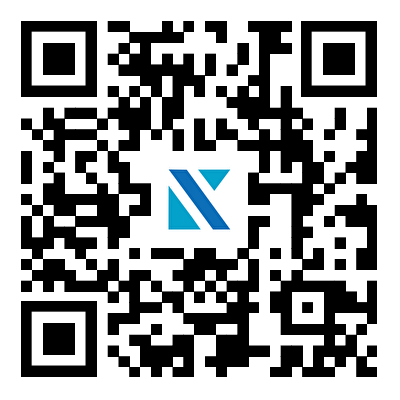How to use a terminal block?
2024-01-09
Terminal blocks are used in electrical wiring to connect and secure multiple wires together. They provide a convenient and organized way to distribute electrical power or signals in various applications. Here's a basic guide on how to use a terminal block:
1. Selecting the Right Terminal Block:
- Choose a terminal block appropriate for your application based on factors like voltage, current, wire size, and the number of connections needed.
2. Preparing the Wires:
- Strip the insulation off the ends of the wires that need to be connected using wire strippers, exposing the bare copper conductors. Ensure the stripped portion is of an appropriate length to fit into the terminal block without excessive exposed wire.
3. Mounting the Terminal Block:
- Mount the terminal block securely onto a suitable surface or mounting rail using screws or other mounting hardware provided with the block.
4. Inserting the Wires:
- Identify the labeled terminals or slots on the terminal block where you'll insert the wires. Some terminal blocks have screw terminals, while others may have spring or clamp-type connections.
- Loosen the screws or open the clamps/springs on the terminals to create space for inserting the wires.
5. Connecting the Wires:
- Insert the prepared wire ends into the appropriate terminals on the terminal block.
- For screw-type terminals, wrap the stripped wire around the terminal screw in a clockwise direction and tighten the screw securely to ensure a good connection without loose strands.
- For spring or clamp-type terminals, insert the stripped wire end into the designated opening or under the clamp, ensuring it's properly seated, and then close or tighten the clamp to secure the wire.
6. Securing the Connections:
- Once the wires are properly inserted and secured, ensure there is no exposed wire outside the terminal block.
- Tighten the screws or ensure the clamps/springs are closed securely to hold the wires in place.
7. Testing the Connections:
- Use a multimeter or appropriate testing equipment to check for continuity and ensure proper electrical connections between the wires inserted into the terminal block.
8. Labeling and Documentation:
- Consider labeling the wires or terminals for easy identification in the future. Document the connections made for future reference, especially in complex setups.
Always follow proper safety procedures when working with electrical connections. Ensure the power is turned off before making any connections and consult wiring diagrams or a professional electrician if you're unsure about the wiring setup or connections.


